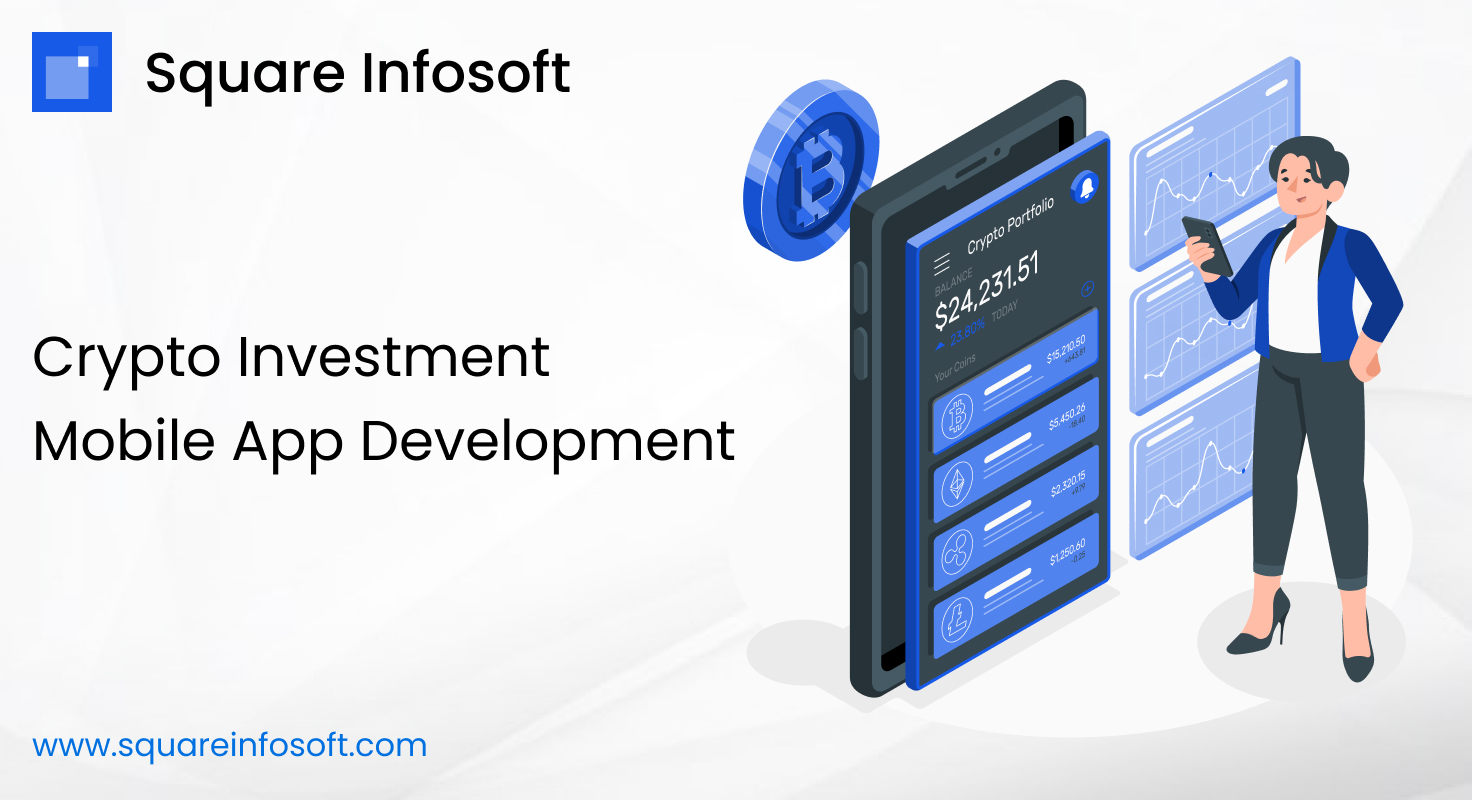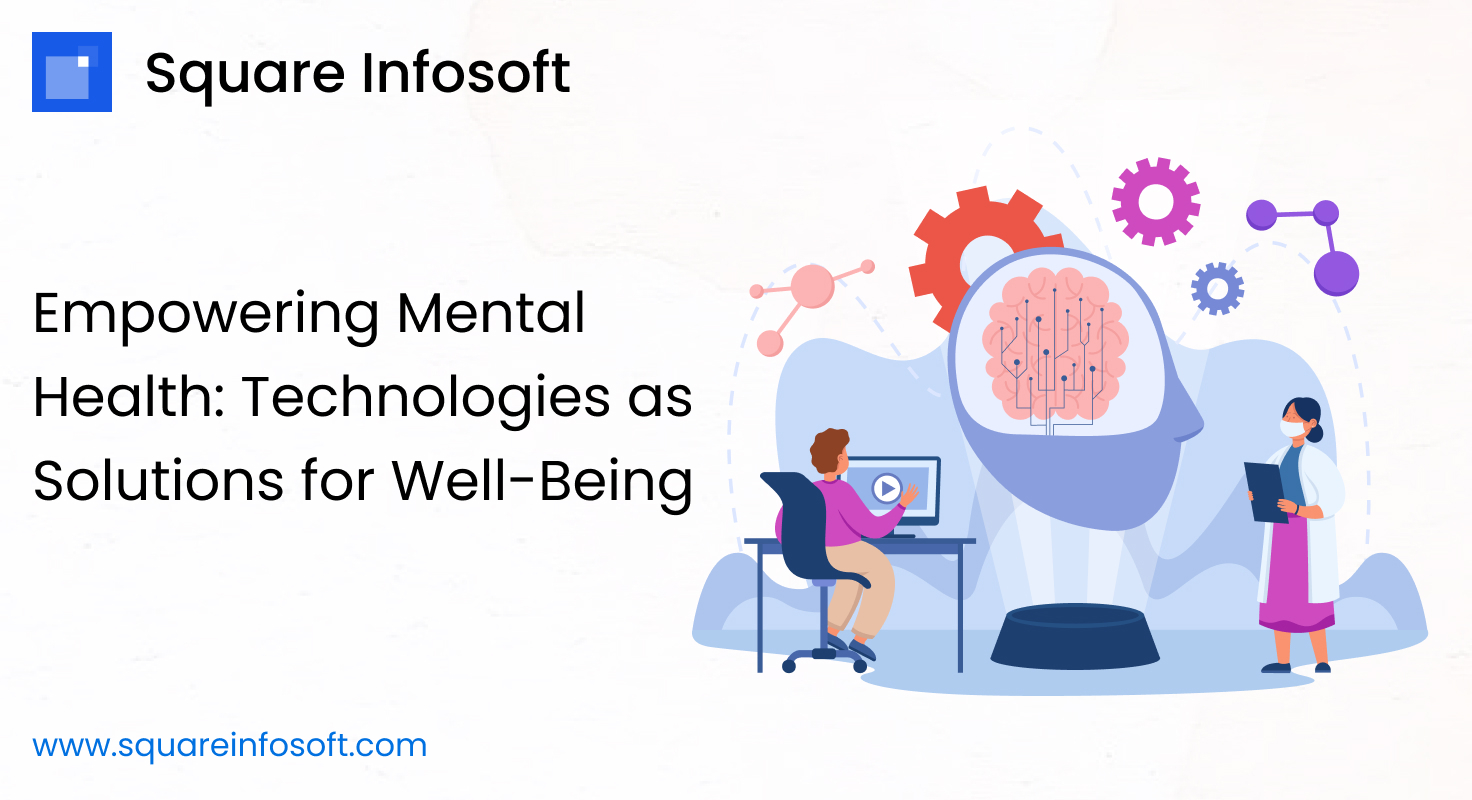Developing a cryptocurrency investment mobile app is a multifaceted endeavor that involves various stages, from conceptualization to deployment. In this comprehensive guide, we will explore the key considerations, processes, and technologies involved in creating such an app.
1. Market Research and Conceptualization:
Before diving into development, thorough market research is essential. Understanding the target audience, their needs, preferences, and pain points is crucial for creating a successful crypto investment app. Identify existing competitors, analyze their features, strengths, and weaknesses to identify gaps in the market.
2. Define Features and Functionalities:
Based on the research insights, define the features and functionalities of your app. Some essential features to consider include:
- User Registration and Authentication: Allow users to create accounts securely and log in using various authentication methods such as email, phone number, or social media accounts.
- Portfolio Management: Enable users to track their cryptocurrency investments, view real-time portfolio value, performance analytics, and historical data.
- Cryptocurrency Exchange Integration: Integrate popular cryptocurrency exchanges or APIs to allow users to buy, sell, and trade cryptocurrencies directly from the app.
- Price Alerts: Implement price alert notifications to keep users informed about significant price changes of selected cryptocurrencies.
- News and Market Analysis: Provide users with up-to-date news, market analysis, and insights to make informed investment decisions.
- Security Features: Implement robust security measures such as two-factor authentication, biometric authentication, and encryption to ensure the safety of user data and transactions.
- Payment Gateway Integration: Integrate payment gateways to facilitate deposits, withdrawals, and fiat-to-crypto conversions.
- Social Features: Incorporate social features such as social trading, forums, and chat functionalities to foster community engagement and collaboration among users.
- Customization Options: Allow users to customize their app interface, set preferences, and create personalized watchlists.
3. Choose the Right Technology Stack:
Selecting the appropriate technology stack is vital for building a scalable, secure, and high-performance crypto investment app. Consider factors such as platform compatibility (iOS, Android, or cross-platform), backend infrastructure, database management system, and third-party APIs.
For frontend development, popular frameworks like React Native, Flutter, or native development using Swift (for(iOS) and Kotlin (for Android,) can be utilized. For back-end components, you can choose from a variety of technologies such as Node.js, Python (Django or Flask), Ruby on Rails, or Java.
Utilize reliable databases like PostgreSQL, MongoDB, or Firebase for storing user data and transaction records securely. Integrate APIs provided by cryptocurrency exchanges, payment gateways, and market data providers to access real-time data and facilitate transactions.
4. Design and User Experience:
Create an intuitive and visually appealing user interface (UI) design that enhances the overall user experience (UX). Pay attention to factors such as ease of navigation, clarity of information, consistency in design elements, and accessibility across different devices and screen sizes.
Use modern design principles, typography, color schemes, and visual elements to create a cohesive and engaging user interface. Conduct usability testing and gather feedback from beta users to iteratively improve the app’s design and user experience.
5. Development and Testing:
Begin the development process by breaking down the project into smaller tasks or modules and assigning them to the development team. Follow agile development methodologies such as Scrum or Kanban to ensure iterative development, continuous integration, and frequent testing.
Implement best practices for code quality, documentation, version control (using tools like Git), and collaboration among team members. Conduct thorough testing at each stage of development, including unit testing, integration testing, and user acceptance testing (UAT), to identify and fix bugs or issues promptly.
6. Deployment and Maintenance:
Once development and testing are complete, deploy the app to the respective app stores (Apple App Store and Google Play Store) following their guidelines and policies. Monitor the app’s performance, user feedback, and analytics data to identify areas for improvement and implement regular updates and enhancements.
Invest in ongoing maintenance and support to ensure the app remains up-to-date, secure, and compatible with the latest operating systems and devices. Continuously gather user feedback, analyze market trends, and adapt the app’s features and functionalities accordingly to stay competitive in the ever-evolving cryptocurrency landscape.
In conclusion,
developing a cryptocurrency investment mobile application is a complex yet rewarding endeavor that requires meticulous planning, robust research, and strategic execution. Throughout this comprehensive guide, we have explored the key considerations, processes, and technologies involved in creating such an app.
First and foremost, conducting thorough market research and conceptualization is paramount to understanding the target audience, identifying market gaps, and defining clear objectives for the app. By analyzing competitors and user preferences, developers can tailor the app’s features and functionalities to meet the needs of cryptocurrency investors effectively.
Defining a comprehensive set of features, including user registration, portfolio management, cryptocurrency exchange integration, price alerts, news and market analysis, security features, payment gateway integration, social features, and customization options, forms the backbone of a successful cryptocurrency investment app. These features not only provide users with essential tools for managing their investments but also enhance user engagement and satisfaction.
Choosing the right technology stack is critical for building a scalable, secure, and high-performance app. By selecting appropriate frameworks, databases, and APIs, developers can ensure compatibility, reliability, and efficiency in both frontend and backend development.
Designing an intuitive and visually appealing user interface (UI) that prioritizes user experience (UX) is essential for engaging users and fostering long-term usage of the app. Usability testing and feedback gathering are crucial steps in iteratively improving the app’s design and functionality to meet user expectations.
Development and testing play pivotal roles in ensuring the app’s functionality, performance, and security. Following agile methodologies, implementing best practices for code quality and documentation, and conducting thorough testing at each stage of development are essential for identifying and addressing any issues promptly.
Deployment and maintenance involve publishing the app on app stores, monitoring its performance, gathering user feedback, and implementing regular updates and enhancements to stay competitive in the dynamic cryptocurrency landscape. Continuous adaptation and improvement based on user feedback and market trends are essential for sustaining the app’s relevance and success in the long run.
In essence, developing a cryptocurrency investment mobile app requires a comprehensive and user-centered approach, coupled with a commitment to delivering value, security, and innovation to users. By following the guidelines outlined in this guide and leveraging the right technologies and strategies, developers can create a successful and impactful app that meets the needs of cryptocurrency investors and enthusiasts, ultimately driving growth and success in the cryptocurrency market.




